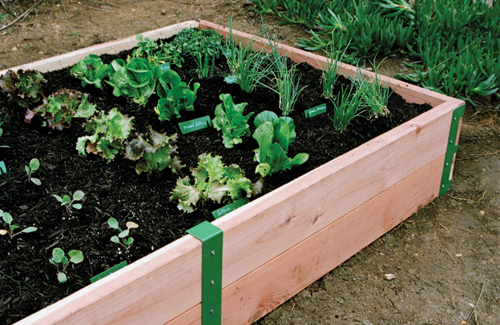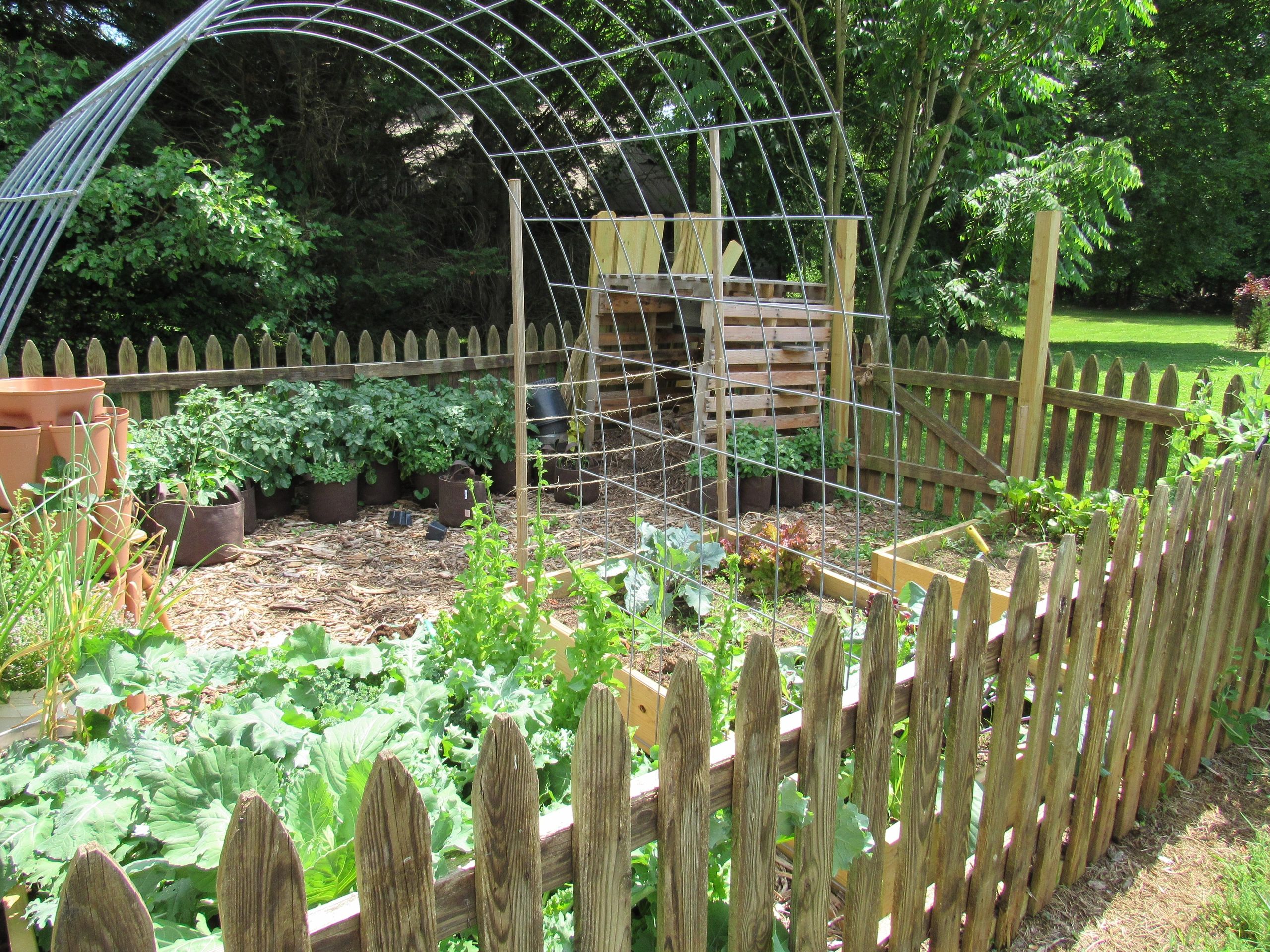Step-by-Step Guide to Homestead Gardening Effort
Step-by-Step Guide to Homestead Gardening Effort
Blog Article
Discover the Tricks to Creating a Productive and stunning Horticulture Room
Producing a beautiful and effective horticulture space is not merely an issue of planting flowers and vegetables; it calls for a calculated approach that includes different critical elements. From selecting the right place based on sunlight and dirt type to thoughtfully designing your design and selecting suitable plants, each decision plays a crucial duty in the success of your garden.
Picking the Right Location
Picking the optimal location for your garden is crucial to its success and overall aesthetic allure. The first step in this procedure entails examining sunlight direct exposure, as many plants need at the very least six hours of direct sunshine daily (Homestead Gardening). A south-facing yard generally receives one of the most light, while shaded locations can impede development and flowering
In addition, consider soil high quality and water drainage. Well-draining dirt is vital to avoid waterlogged roots, which can result in plant diseases. Carrying out a dirt test can supply beneficial information concerning pH degrees and nutrition material, allowing you to amend the soil accordingly.
Additionally, distance to water resources is another aspect to weigh - Homestead Gardening. Having simple accessibility to a pipe or watering system can streamline the watering process and motivate constant plant care. Wind defense is likewise vital; placing your yard near structures, such as wall surfaces or fencings, can protect it from severe winds that may harm delicate plants
Last but not least, consider availability for maintenance and harvesting. A well-placed garden enables convenient gain access to, making sure that you can quickly have a tendency to your plants without triggering excessive tension or disturbance. Thoughtful location option lays the foundation for a thriving garden.
Selecting Plants Sensibly
When picking plants for your garden, it's necessary to take into consideration variables such as climate, soil conditions, and individual preferences to make certain a harmonious and productive area. A complete understanding of your neighborhood climate will lead you in picking plants that prosper in your particular atmosphere. Choosing drought-resistant ranges is useful in dry areas, while moisture-loving species may be much more appropriate for areas with high rainfall.
Soil conditions are similarly critical; conducting a soil test can reveal pH levels and nutrient web content, allowing you to choose plants that will certainly prosper. Native plants are commonly an exceptional selection, as they are typically well-adapted to local soil kinds and require much less upkeep.
Mirror on your personal preferences-- selecting plants that reverberate with your visual tastes will certainly boost your enjoyment and dedication to keeping your garden. By very carefully evaluating these factors, you can produce a thriving and varied plant option that boosts your gardening experience.
Creating Your Yard Format
With a thoughtfully selected plant selection in hand, the next step is to produce a yard format that takes full advantage of both charm and functionality. Begin by assessing the readily available space, thinking about elements such as sunshine, color, and wind patterns. A tactical design needs to include various areas, consisting of locations for planting, paths, and perhaps seating.
Beginning with bigger plants or centerpieces, such as trees or high perennials, put tactically to develop aesthetic rate of interest. Layer smaller plants ahead to improve depth and appearance. Think about the development routines of your chosen plants; taller ranges need to be positioned at the back or center of beds, while shorter ones can line the sides.
Integrating paths not just helps with access for upkeep yet also welcomes expedition. Usage products that match the yard's general aesthetic, whether stone, timber, or crushed rock chips.
Furthermore, think of seasonal adjustments and exactly how your layout will certainly look throughout the year. Incorporating evergreens together with seasonal flowers can guarantee year-round elegance. Inevitably, a properly designed garden design harmonizes the all-natural beauty of plants look at this web-site with useful considerations, resulting in a space that is both inviting and effective.
Enhancing Dirt Health

To improve soil health, start by conducting a dirt test to analyze pH levels, nutrition web content, and dirt structure. Integrate organic matter such as garden compost, well-rotted manure, or fallen leave mold and mildew to enhance soil structure, water retention, and microbial task.
Mulching is one more effective technique; it not just saves dampness but likewise subdues weeds and slowly improves the soil as it breaks down. Avoiding extreme tillage is important, as it can interrupt soil structure and harm beneficial organisms. Rather, adopt no-till or marginal husbandry methods to preserve soil stability.

Preserving Your Garden Efficiently
A well-maintained yard provides pride and performance, requiring constant attention to guarantee that plants grow and the landscape remains inviting. Reliable garden maintenance includes a number of crucial practices that enhance the health of your plants and the general aesthetic of your room.
Routine watering is important; nonetheless, it is vital to tailor your watering schedule based on the details requirements of your plants and local climate conditions. Mulching can assist preserve wetness, suppress weeds, and control dirt temperature level. Moreover, timely weeding stops competition for sources and nutrients, guaranteeing that your plants thrive.
Pruning is an additional necessary job. It urges healthy and balanced development, removes diseased or dead branches, and forms plants to maintain an attractive framework. In addition, checking for conditions and insects go to this site is important; early discovery and treatment can conserve your plants from considerable damages.
Fertilizing must be carried out attentively, utilizing natural alternatives whenever feasible to advertise long-lasting dirt health and wellness. Finally, seasonal jobs such as planting, dividing perennials, and preparing for winter months will certainly ensure your garden stays dynamic year-round. By following these practices vigilantly, you can cultivate a garden that is both effective and stunning.
Final Thought
Picking an ideal place with ample sunlight, picking ideal plants, making an aesthetically pleasing design, enhancing soil health, and making certain regular upkeep are necessary elements. By integrating these methods, one can cultivate a prospering yard that not only find more information boosts the landscape but likewise promotes ecological equilibrium and sustainability.
From selecting the right area based on sunshine and soil kind to thoughtfully making your design and choosing ideal plants, each decision plays a crucial role in the success of your yard. Well-draining soil is vital to stop water logged origins, which can lead to plant diseases.When selecting plants for your yard, it's crucial to think about variables such as climate, soil conditions, and personal preferences to guarantee a efficient and harmonious space. Ultimately, a properly designed yard layout balances the natural elegance of plants with sensible factors to consider, resulting in a room that is both welcoming and efficient.

Report this page